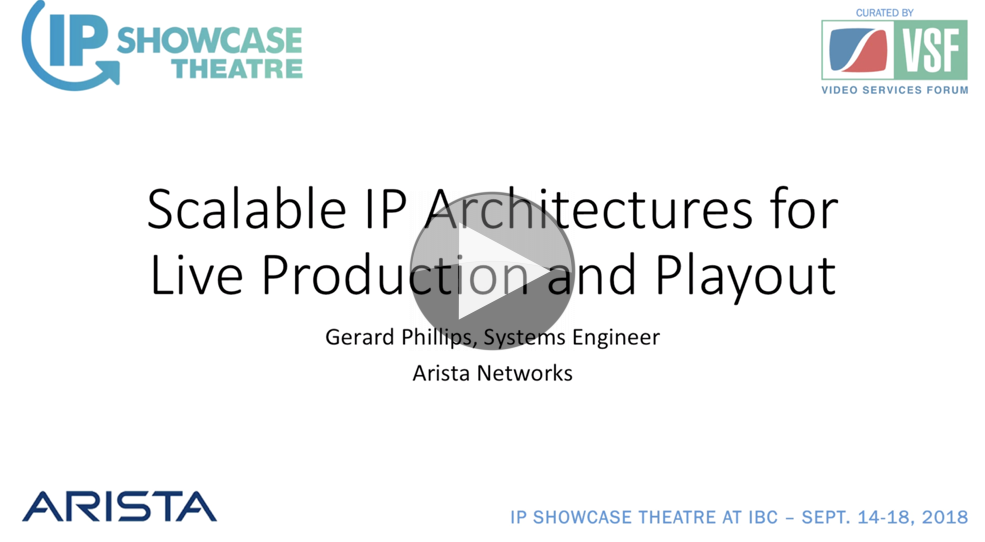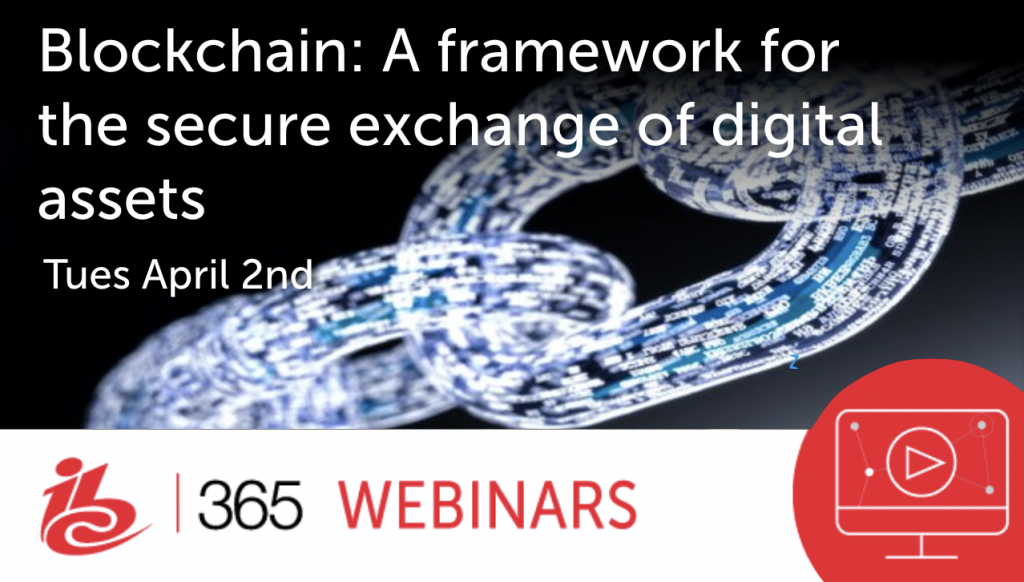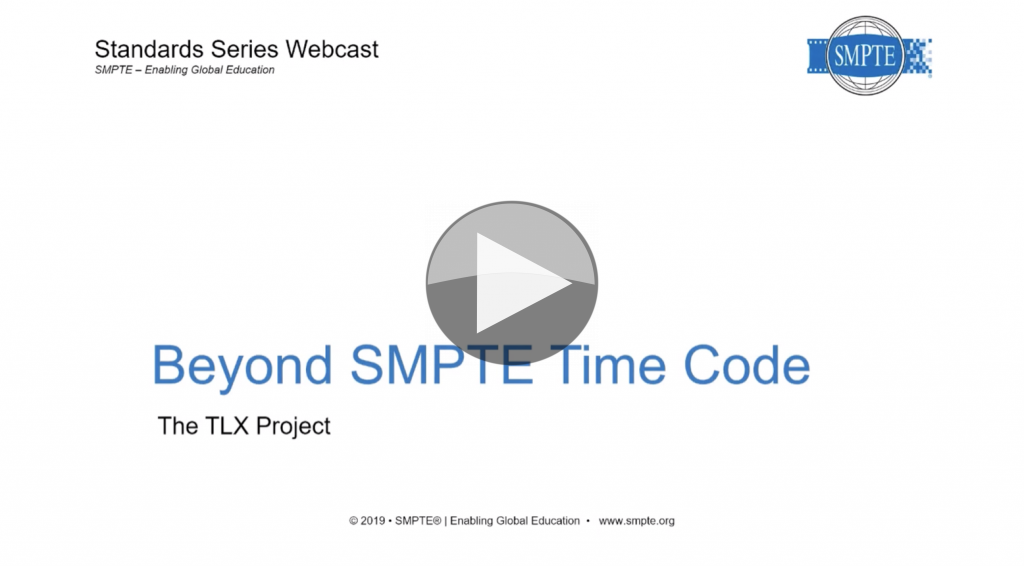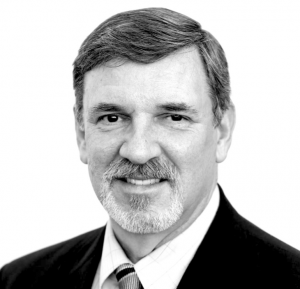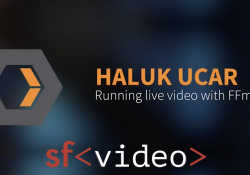For many building a good network for a 2110 or other media-over-IP standards is new and a bit scary. But if there’s one person who knows how to do it, it’s Arista’s Gerard Phillips who’s here to go through the basics and build up the network needed for a large and scalable network.
Scalability is the heart of this, because life does change – your company grows, technology pushes you from SD to HD to UHD etc. So you need to build scalability in from the beginning. Getting this right comes down to choosing the right hardware and having the right architecture.
Gerard looks at switch architecture and bandwidth both in the switch and of the network cables. He then looks towards ‘hub and spoke’ Vs monolithic switch design. What are the pros and cons to each and which is right for you?
SDN – Software Defined Networking – is also a key ingredient in such a network. This is where the routing decisions of the switch infrastructure is taken out of the switches because they have automatic and blinkered algorithms and takes it to a server which has a complete overview of the whole system. For a broadcaster who deals with critical signal chains – this is usually the best approach to give determinism and safety to the network.
PTP – Precision Time Protocol – provides the foundation of the 2110 standard and is therefore very important to studio installations being used to replace black and burst. What are the best ways to distribute this and how can you deal with redundancy?
These topics and more are all covered at this IP Showcase presentation from IBC 2018.
Speaker
 |
Gerard Phillips Systems Engineer, Arista Networks |

